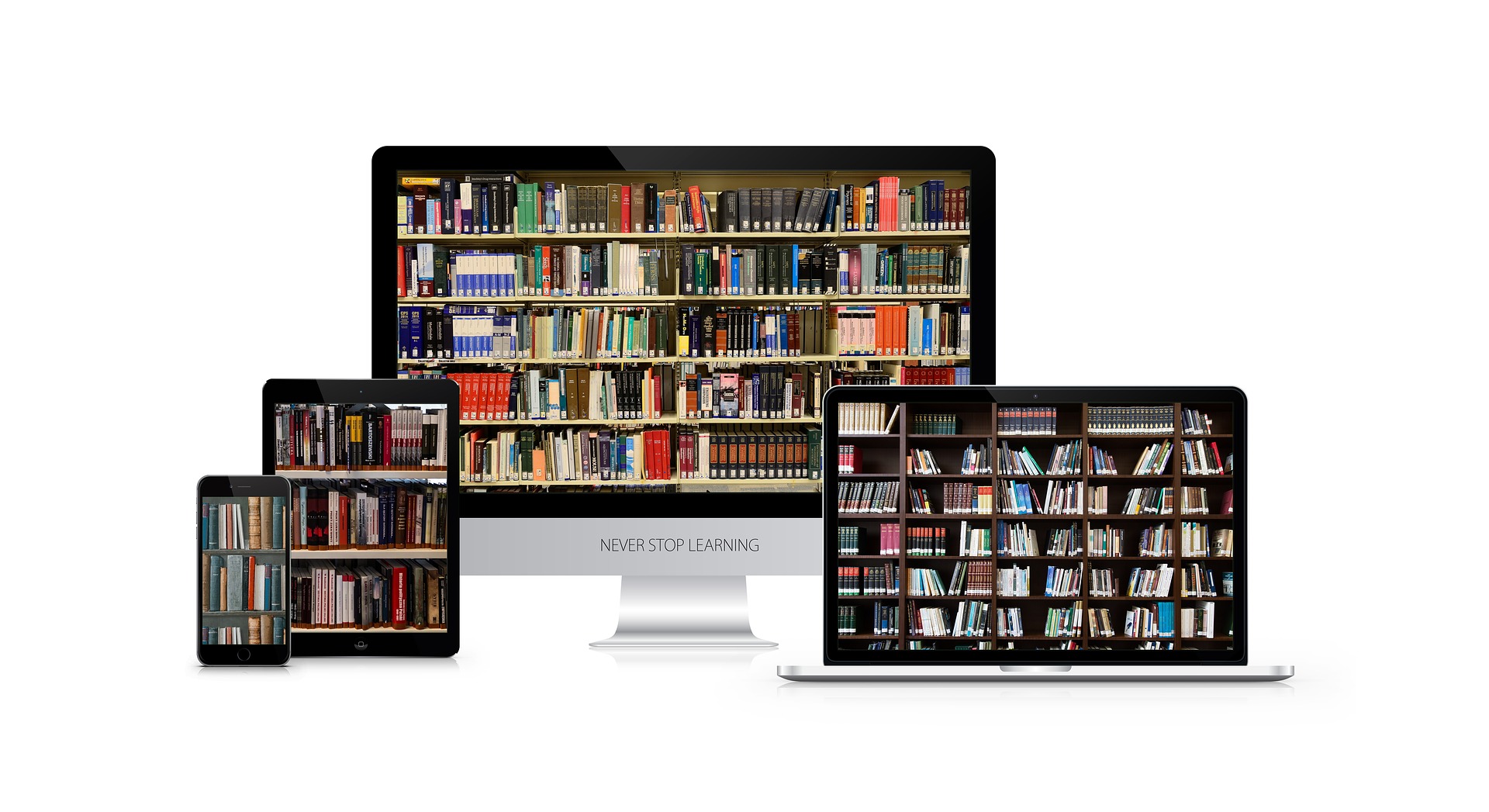
COVID-19 and the School of the Future
Author: Prof. Mehdi Lahlou, University Mohammed V, Morocco
With all the measures that have been taken all around the world since December 2019, and especially since March 2020, it has become clear that Coronavirus crisis has shed more light on inequalities between rich and poor countries, and within the same country, whether rich or poor, the inequalities between the most affluent and less affluent categories of the population.
When it comes to inequalities between countries, it's clear, for example, that while European countries, North Americans, Chinese, Japanese or South Koreans can easily produce or have access to all the medicines and medical equipment their populations need, African countries as a whole, like many poor countries in Latin America and Asia, live in fear of not being able to do the same. This is all the more so since almost all of their health care systems are severely failing. In the same vein, the risks of famine in these same countries have become greater with the disjointed global transport of goods, including food products, which have also seen their prices skyrocket since the onset of the health crisis.
Within each country, the economic and social gap between the richest, the better educated, the most socially protected and the others have become deeper and deeper. It is now as deep as it is socially explosive in most countries of the South where tens of millions of people have fallen below the poverty line, and are increasingly hungry or threatened with famine. To this end, the World Food Programme estimated in early April 2020 that hunger could affect 250 million people by December 2020, up from nearly 130 million persons in 2018.
For the rest, while the global health crisis has shown that it is now possible for many production functions to be carried out in the most advanced countries by telework and that a very large proportion of pupils and students can take their courses in the same way, in poor countries, such an option is only allowed at the margins. This is because the concerned economies are dominated mainly by informal activities, and distance education is only possible for a very small proportion of students, given the combination of many factors, including the poverty of parents who cannot equip themselves as their children with computers, the absence in large geographical areas of any internet or phone or television coverage, the size of the dwellings where many people are mostly crammed into the same room, the illiteracy of parents who cannot accompany their children to follow the distance courses they are supposed to benefit from, or the inability of the teachers to have the necessary equipment, both at home and in their schools.
In this regard, access to food, school or telework, the ability to have the best responses to coronavirus and other viruses, seems predetermined for a large part of the world's population by multifaceted inequalities, including economic, financial, educational and health inequalities, which persist between nations. However, if there is an inequality that will cause all others to continue, and which poses a threat to all humanity when it comes to a new global epidemic - and there would still be many in the future, especially given the growing environmental problems - or as long as it is a question of combating all forms of human precariousness and access to economic and social development, it is that of access to school and the knowledge that it is associated with.
Starting the now universally accepted principle that knowledge is a common good, and that school is the standard vehicle for acquiring shared knowledge, useful to all, investment in it appears to be paramount. In this sense, it becomes an obligation for every state as well as for the international community as a whole. Schools, like the safety of people in all its forms within a nation, must be the responsibility of the public authority, one of the first tasks of which is to make it accessible to all. Education must thereby be widespread, compulsory and free. This goes without saying in most developed countries, but it is worth mentioning and repeating in all others. And if a country cannot do it on its own, it must be assisted by all others, and by relevant international organizations, such as UNESCO, UNDP and other UNICEF.
Such a school must be part of a position of participation, openness and adherence to the need to train children (and, as a result, students) in scientific rationality and the development of their creative spirit through individual and collective research. It must also consider the cultural, historical and values of each country/society that invests in it. It would also benefit from enshrining in its programmes the values and teachings of solidarity, complementarity and sharing among peoples, as well as the principles of social justice and equality between men and women.
The school of the future, that of the coming decades, is the one we build as soon as today. Those who will train or teach there will be born this year and in the next few years. But those who need to think about it are women and men, and politicians, the heads of international bodies as well as national and international NGOs already at the helm.
In this sense, this school, which is our total responsibility, can get us out of our current crises as it could make them even more dramatic if nothing is done to make it more open, more progressive and, above all, accessible to all, all over the world.


